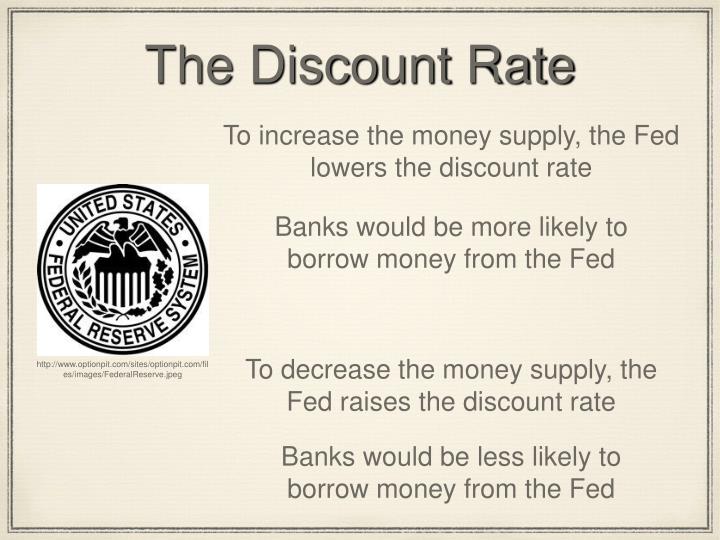

More recently the Fed also added overnight reverse repurchase agreements to support the level of the federal funds rate. In 2008, the Fed added paying interest on reserve balances held at Reserve Banks to its monetary policy toolkit. The Fed has traditionally used three tools to conduct monetary policy: reserve requirements, the discount rate, and open market operations. Monetary policy is then said to “ease” or become more “expansionary” or “accommodative.” Implementing Monetary Policy: The Fed’s Policy Toolkit Monetary policy in this case is said to “tighten” or become more “contractionary” or “restrictive.” To offset or reverse economic downturns and bolster inflation, the Fed can use its monetary policy tools to lower the federal funds rate.

To keep price inflation in check, the Fed can use its monetary policy tools to raise the federal funds rate. Changes in the federal funds rate tend to cause changes in other short-term interest rates, which ultimately affect the cost of borrowing for businesses and consumers, the total amount of money and credit in the economy, and employment and inflation. Fed monetary policy actions, described below, affect the level of the federal funds rate. The Fed implements monetary policy primarily by influencing the federal funds rate, the interest rate that financial institutions charge each other for loans in the overnight market for reserves. The federal funds rate is the interest rate that financial institutions charge each other for loans in the overnight market for reserves. Setting Monetary Policy: The Federal Funds Rate So, following periods when inflation has persisted below 2 percent, the Fed strives for inflation to be moderately above 2 percent for some time. In its 2020 “Statement on Longer-Run Goals and Monetary Policy Strategy,” the FOMC changed that goal to inflation that averages 2 percent over time, in contrast to aiming for 2 percent at any given time. The Fed began explicitly stating the 2 percent goal in 2012. And recent estimates of the longer-run rate of unemployment that is consistent with maximum employment are generally around 4 percent.įed policymakers judge that a 2 percent inflation rate, as measured by the annual change in the price index for personal consumption expenditures, is most consistent over the longer run with its mandate for stable prices. Intuitively, though, when the economy is at maximum employment, anyone who wants a job can get one.

Its assessments of the shortfalls of employment from its maximum level rest on a wide range of indicators and are necessarily uncertain. So, the Fed doesn’t specify a fixed goal for employment. More generally, maximum employment is a broad-based and inclusive goal that is not directly measurable and is affected by changes in the structure and dynamics of the labor market. In this newer interpretation, formalized in the FOMC’s August 2020 “Statement on Longer-Run Goals and Monetary Policy Strategy,” high employment and low unemployment do not raise concerns for the FOMC as long as they are not accompanied by unwanted increases in inflation or the emergence of other risks that could threaten attainment of the dual mandate goals. Accordingly, the Fed de-emphasized its prior concern about employment possibly exceeding its maximum level, focusing instead only on shortfalls of employment below its maximum level. For example, during the long expansion after the Great Recession of 2007–2009, labor market conditions became very strong and yet did not trigger a significant rise in inflation. The Fed’s interpretations of its maximum employment and stable prices goals have changed over time as the economy has evolved. This “dual mandate” implies a third, lesser-known goal of moderate long-term interest rates. Congress has given the Fed two coequal goals for monetary policy: first, maximum employment and, second, stable prices, meaning low, stable inflation. The Fed, as the nation’s monetary policy authority, influences the availability and cost of money and credit to promote a healthy economy.


 0 kommentar(er)
0 kommentar(er)
